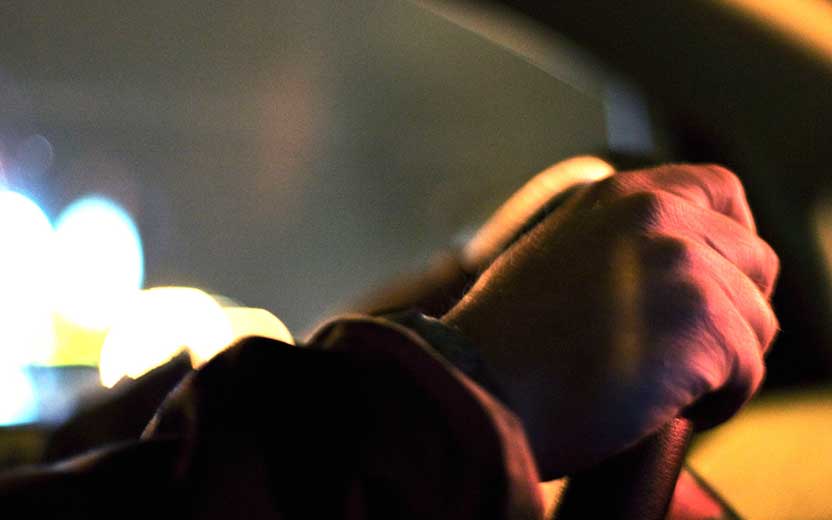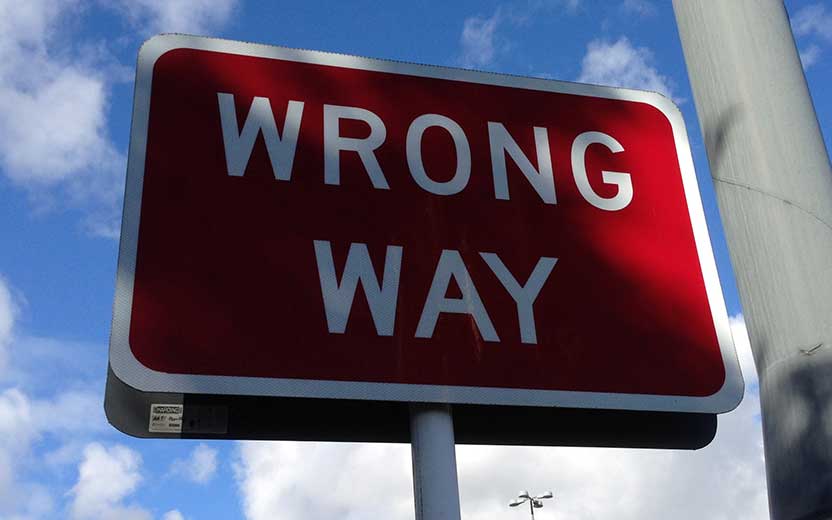By Marcus Fernandez
We’ve heard it said since we were kids. “Look both ways before crossing the street!” That’s an important message to learn and remember, right? Nowadays, though, another directive is equally significant. “Watch for pedestrians.” That’s especially true in Florida where the state is once again listed among the top nationwide for pedestrian deaths. As the number of cars on the road increase and distracted driving becomes a more prevalent issue, pedestrian accidents is one trend that has the potential to worsen. So what can we do to stop it in its tracks?
In this article, we’ll take a look at some of the current trends and statistics, examine causes behind pedestrian accidents, and address safety measures that can be taken to help reduce these types of accidents.
Pedestrian Accident Trends and Statistics
Let’s start with the numbers. Between 2009 and 2014, the number of pedestrian deaths in the United States grew by 19 percent, far outpacing the number of total traffic deaths (which only grew by 4 percent). The Governors Highway Safety Association found that pedestrians now account for the largest proportion of traffic fatalities recorded in the past 25 years.
Read that again. Pedestrians now account for the largest proportion of traffic fatalities in the past 25 years. That’s an astounding statistic. According to research conducted by the National Highway Traffic Safety Administration (NHTSA), 4,753 pedestrians were killed in traffic crashes in the United States in 2013, which averages to one crash-related pedestrian death every two hours. In that same year, one in every five children under the age of 14 who were killed in traffic crashes were pedestrians.
So if we know pedestrian deaths are on the rise, the question is, what factors are causing them?
Causes
It’s likely no surprise that a leading cause of pedestrian-related accidents is alcohol. Alcohol involvement for either the driver or the pedestrian was reported for 49 percent of the traffic crashes that resulted in pedestrian death. In this case, alcohol involvement is defined as whether alcohol was consumed by the driver and/or the pedestrian
prior to the crash.
Additionally, higher vehicle speeds increase both the likelihood of a pedestrian being struck by a car and the severity of the injury. Simply adhering to posted speed limits and focusing on the road can help decrease your risk of a pedestrian accident.
While we’re on the topic of staying focused, distracted driving is another major cause of pedestrian deaths, and that includes usage of your cell phone, one of our favorite and always handy devices. When behind the wheel of a vehicle, limit use of cellular phones and keep your attention on the road. It could save your life or the life of another.
Pedestrian Accident Prevention
We know that pedestrian accidents occur and we know factors that cause them, so the next step is learning some ways to help prevent accidents from happening. The NHTSA suggests the following safety guidelines for pedestrians:
- Increase nighttime visibility by carrying a flashlight when walking and by wearing retro-reflective clothing.
- Whenever possible, cross the street at a designated crosswalk or intersection.
- It’s much safer to walk on a sidewalk or path, if either of those is not available, walk on the shoulder, facing traffic.
- Avoid alcohol and drugs when walking, as they impair your judgment and coordination.
Here are some safety reminders for drivers, too:
- Look for pedestrians everywhere. Pedestrians may not be walking where they should be or may be hard to see—especially in poor lit conditions, including dusk/dawn/night and poor weather.
- Never pass vehicles stopped at a crosswalk. They may be stopped to allow pedestrians to cross the street.
- Never drive under the influence of alcohol and/or drugs.
- Follow the speed limit and slow down around pedestrians and areas where children may be present, like school zones and neighborhoods.
Takeaways
Though pedestrian-related accidents cannot be completely unavoidable, there are numerous safety measures both drivers and pedestrians can put into place to help reduce the risk. By utilizing these resources, we can work together to educate our communities on the importance of pedestrian safety.
When it comes to drivers and pedestrians, that’s an outcome both can live with.


